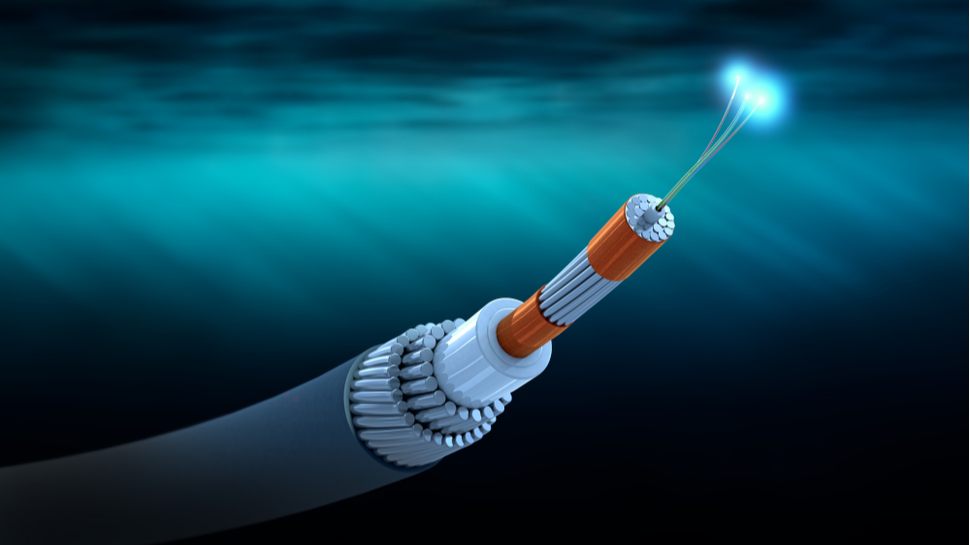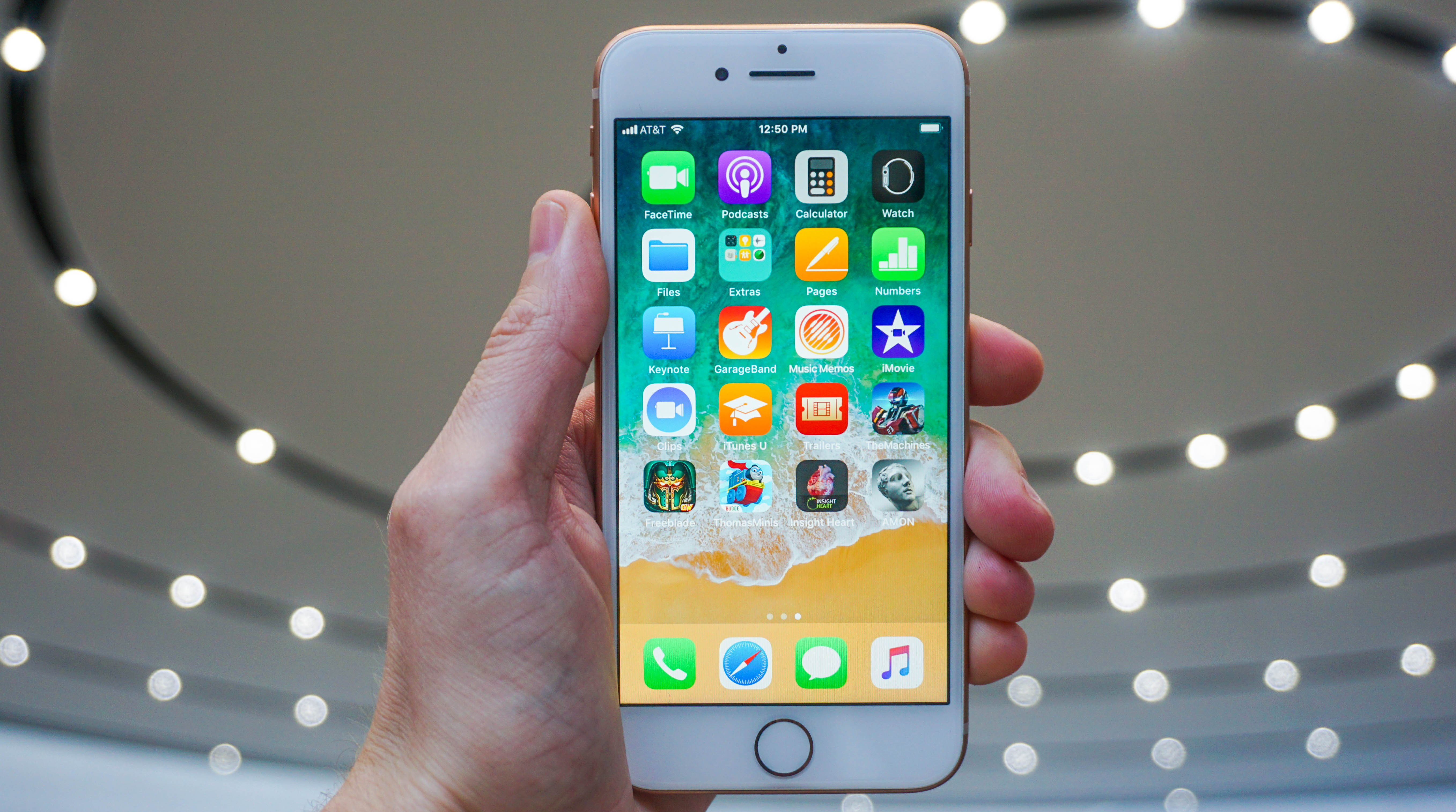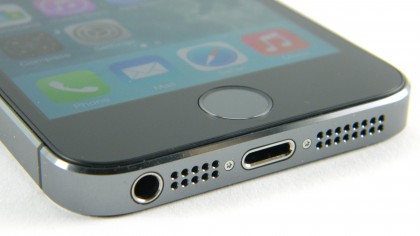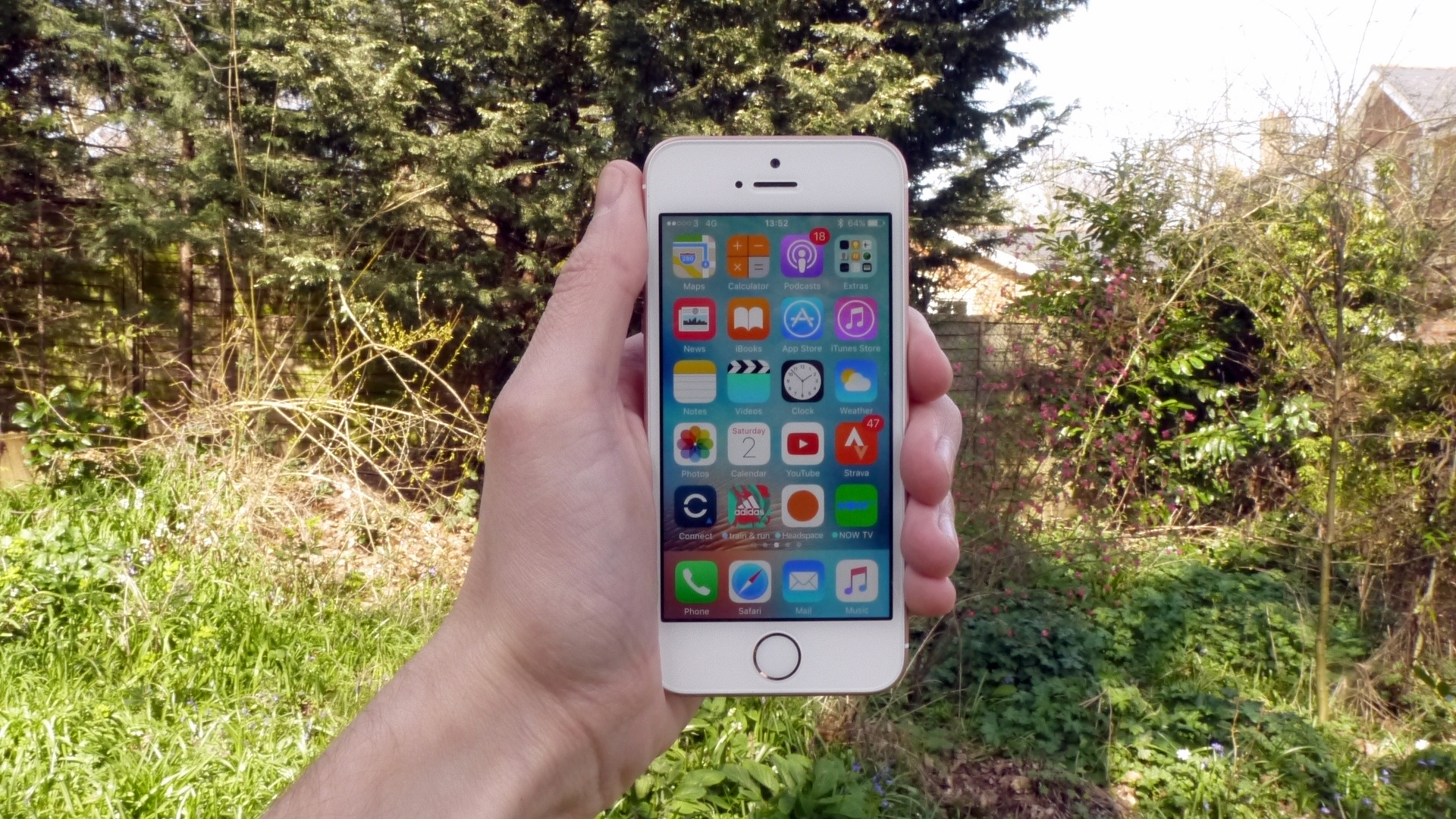Despite what Wi-Fi and mobile data might lead people to believe, the internet is less of a nebulus cloud of data in the air above us, and more of an intricate mesh of wires firing away beneath our feet.
The world’s online networks are powered by a complex system of underwater and underground cabling, supplemented in some regions by satellite links.
Around 380 undersea cables carry over 99.5% of all transoceanic data, running for 750,000 miles across the ocean floor. These fiber optic wires connect the massive data centers supporting cloud behemoths such as Amazon Web Services, Microsoft Azure and Google Cloud.
The total number of submarine cables shot up during a period of rapid growth in the mid-2000s, followed by an interval during which relatively little new cable was laid, but available capacity was slowly exhausted. A renewed demand for bandwidth, caused by the rapid growth of connected devices, is now propelling a new wave of cable initiatives.
The first submarine cable to use fiber optics was TAT-8, which went live in 1988. It had two operational fiber pairs and one backup pair, and reached speeds of up to 280MB per second.
The current fastest cable (MAREA, owned jointly by Microsoft and Facebook) has eight fibre pairs, and achieved record speeds of 26.2TB per second in 2019 – that's almost 100,000 times faster than TAT-8.
However, despite exponential growth in quantity and capacity, whole countries can be plunged into blackout if just one cable is damaged or snapped, with ramifications for household users and businesses alike.
Undersea cables are usually run through areas of deep ocean to minimize the possibility of damage. But the deep sea is a harsh environment, and cables laid at extreme depth can be challenging to access if repairs are required.
According to telecoms research firm Telegeography, there are over 100 cable breaks per year. Many of these go unnoticed in developed regions with extensive redundancies, but the infrastructure keeping us online is still far more fragile than any of us realize.
Fragility
In many developed countries, particularly in the West and Asia, internet access is more or less taken for granted as a constant – even a moment’s downtime is met with anger and frusatration. But this isn’t the case for much of the world, where connections are intermittent, unreliable, or even non-existent.
In 2018, the west African nation of Mauritania was taken offline for two whole days after the Africa Coast to Europe cable (owned by a syndicate of telecoms companies) was severed by a fishing trawler. Nine other countries in the region also experienced outages at the hands of the wayward fisherman.
In the former Soviet bloc nation of Georgia, an elderly woman scavenging for copper to sell as scrap cut through an underground cable with her spade, causing neighbouring Armenia to lose connection for five hours. She was dubbed “the spade-hacker” by local media.

Millions in Yemen were also thrown off the internet last year after the submarine Falcon cable was severed, with its repair made even more complex by the ongoing civil war in the country.
Stories about sharks biting down on cables in the Pacific and causing intermittent outages have also become common in recent years. Various articles have suggested that the creatures mistake electromagnetic waves for bioelectric currents produced by schools of fish, although some experts are skeptical of the phenomenon.
“This is probably one of the biggest myths we see cited in the press. While it’s true that in the past sharks have bitten a few cables, they are not a major threat,” Alan Mauldin, Research Director at Telegeography, said in a blog post.
“There’s a cable fault somewhere in the world about every three days. These tend to be from external aggression, such as fishing and anchors – cables are damaged unintentionally [all the time],” he told TechRadar Pro via email.
Sharks or no, the list of incidents involving damage to critical cabling goes on and on. All it takes is a misplaced anchor for millions to lose their invaluable connection.
On the cusp of blackout
It might seem staggering that whole nations can so easily be taken offline, even if only temporarily. But not all countries enjoy the luxury of extensive redundancies in the event a cable is damaged.
Japan is served by a total of 26 submarine cables, the UK is supported by 54 cables, and the US by a whopping 91, but a significant proportion of the world relies on just a single cable for connection, or two if they’re lucky.
TechRadar Pro looked at the number of countries reliant on either one or two cables. In total, 19 countries – about 10% of countries globally – are supported by only a single submarine cable. The largest of these (by population) include Kazakhstan, Azerbaijan, Togo and Sierra Leone.
If you include countries supported by just two cables (a further 11 nations), the total number of people relying on a tenuous connection rises to almost 450 million, or 5.57% of the global population.

It’s true that some of these nations likely supplement the connection delivered by submarine cables with satellite links, which can provide a measure of support.
According to Nicole Starosielski, author of The Undersea Network and Associate Professor at NYU, satellites are an acceptable backup, but don’t compare to the speed and bandwidth offered by fiber optic cables.
“Satellites are a viable option as a supplement to the current network – reaching areas cables cannot reach and providing redundancy in some locations. But they are not a replacement for the cable network,” she explained over email.
In other words, low-bandwidth satellites would be quickly overwhelmed if an entire nation attempted to connect at once, making them effectively useless in the absence of the cable system.
Fail to prepare, prepare to fail
Reliable internet connection was once viewed as a luxury, but loss of internet can now have severe and wide-reaching consequences, both for individual businesses and entire economies.
Businesses in regions that suffer from poor internet penetration and intermittent connection have likely acclimatized, leaning more heavily on offline ways of working. However, in regions utterly dependent on connection, companies are often ill equipped to handle downtime.
Research carried out by UK-based ISP Beaming found that British businesses lost almost 60 million hours of working time to internet outages in 2018.
On average, UK firms experienced two major outages and 16 hours of downtime each. Beaming estimates these outages cost the UK economy more than £700 million in lost productivity and extra overtime.
While they're unable to influence goings-on in the world of undersea cabling, there are measures businesses can take to limit downtime, and the damage it causes.

According to Kevin Kong, Product Manager at another UK-based ISP, KCOM, “the primary solution to mitigate against downtime is tried and tested: resiliency and diversity.
“Services need to be designed for the worst case – this means having appropriate resiliency via a failover service (e.g. dual Ethernet circuits), which allows your organization to continue running critical, if not all, business systems.”
Given that infrastructure design appears unlikely to change any time soon, software could play an increasing role in keeping businesses online.
“The future could revolve around smarter network software that can work around hardware infrastructure failures. We are seeing interesting efforts in this area,” says Martin Levy, Distinguished Engineer at US web infrastructure and security company Cloudflare.
But Levy also notes that the introduction of new technologies brings with it an additional element of risk.
“With more complex technology comes more complex systems to manage it,“ he says. “This requires sophisticated training and experienced individuals. There are places in the world where additional deployed technology doesn’t equal improved quality.”
Demand for bandwidth
In response to ever-increasing capacity requirements, the world’s technology giants have taken it upon themselves to fund and manage many undersea cabling projects.
Google, Amazon, Microsoft and Facebook all hold stakes in high-profile submarine cable networks. Between them, these companies own or lease more than half of undersea bandwidth. Google alone owns four cable networks: Curie, Dunant, Equiano and Junior.
These firms need to satisfy a rapidly accelerating customer demand for bandwidth, driven by the adoption of mobile, the proliferation of IoT devices, the transition to 5G, and the volume of data produced by and exchanged between businesses.
“The biggest shift in the last decade is that the users of the most international bandwidth have become content providers, not telecom carriers,” notes Mauldin.
“We are seeing higher capacity cables entering service, which have 12 to 16 fiber pairs. Future cables may have even more. Eventually, some of the older cables laid in the late 1990s and early 2000s will be decommissioned.”
To put this in perspective, each fiber pair is capable of carrying four million high-definition videos simultaneously. With a greater number of pairs, it’s expected that future cables will reach speeds that far exceed the 26.2TB per second achieved by MAREA.
As fiber optic technology improves, more cable networks are laid, and old cables are replaced with high-capacity models, the quantity of data able to pass through our seas will soon reach unimaginable levels.
Underwater geopolitics
Despite this potential, massive submarine cabling projects also face a diverse range of obstacles, including budget, logistics, and dense bureaucracy. Perhaps chief among them, though, is geopolitical conflict, as demonstrated by the ongoing trade war between the US and China.
Google and Facebook recently filed to activate the Pacific Light Cable Network (PLCN) between the US, the Philippines and Taiwan. The project is an excellent case-study in how geopolitics can stand in the way of progress.
The network, announced in 2016, was originally billed as the first to connect the US and Hong Kong. However, sections running to Hong Kong and China will remain inactive amid security concerns and ongoing conflict between Washington and Beijing.
PLCN boasts 12,800km of cabling and an estimated capacity of 120TB per second, which would make it the highest-capacity trans-Pacific route, bringing lower latency and greater bandwidth to the APAC region.
Google and Facebook might be the most high-profile stakeholders in PLCN, but much of its fiber optics belong to an organization called Pacific Light Data Communication. The sale of this company to a Beijing-based private broadband provider, Dr Peng Telecom & Media Group, in 2017 triggered concerns that have dogged the initiative ever since.

Dr Peng itself is not state-owned, but has strong links with Huawei, the mobile giant accused by the US government of posing a significant security threat.
Google and Facebook have requested permission to activate only the self-owned portions of the undersea cable network (running between the US, the Philippines and Taiwan), effectively cutting Pacific Light Data Communication from the project.
When the project was first announced, Google spoke of ambitions to provide enough capacity for Hong Kong to have 80 million concurrent HD video conferences with Los Angeles; in the end, geopolitics put paid to this particular ambition.
Given the critical importance of connection to nearly all aspects of life and business, the idea that submarine cabling could become the target of terror attacks or sabotage efforts has also been debated.
Following the Mauritania outage in 2018, Stuart Petch, Chief of the UK Defence staff at the time, spoke of the “catastrophic” threat to connection and trade posed by foreign powers interfering with deep-sea cables.
The same event saw Conservative MP Rishi Sunak (since appointed Chancellor of the Exchequer) refer to the possibility that terrorists might use grappling hooks attached to fishing trawlers to deal Britain’s network a “crippling blow”.
This perceived threat, however, appears to be overblown, dwarfed by the much more tangible threat posed by chance events and natural wear.
“The cable system has not been a frequent target of attacks. Cables are much more frequently disrupted by anchors and nets, accidentally, than anything else. Cables break all the time and we don't ever realise it,” noted Nicole Starosielski.
“Certainly the cable system could be the site of attack, but it doesn't have the high visual impact that other targets afford.”
State of play
Although new speeds are reached with each passing year, and new cables laid connecting different areas of the globe, avoiding chokepoints in London and San Francisco, much of the world’s connection remains at the mercy of chance incidents.
The ability to improve internet penetration, speed and reliability in countries with limited infrastructure sits primarily with big tech – the companies driving today’s most ambitious projects.
The total number of internet users is on the up, especially in African nations, but service reliability is an issue (acutely felt by many) that still needs to be addressed.
















